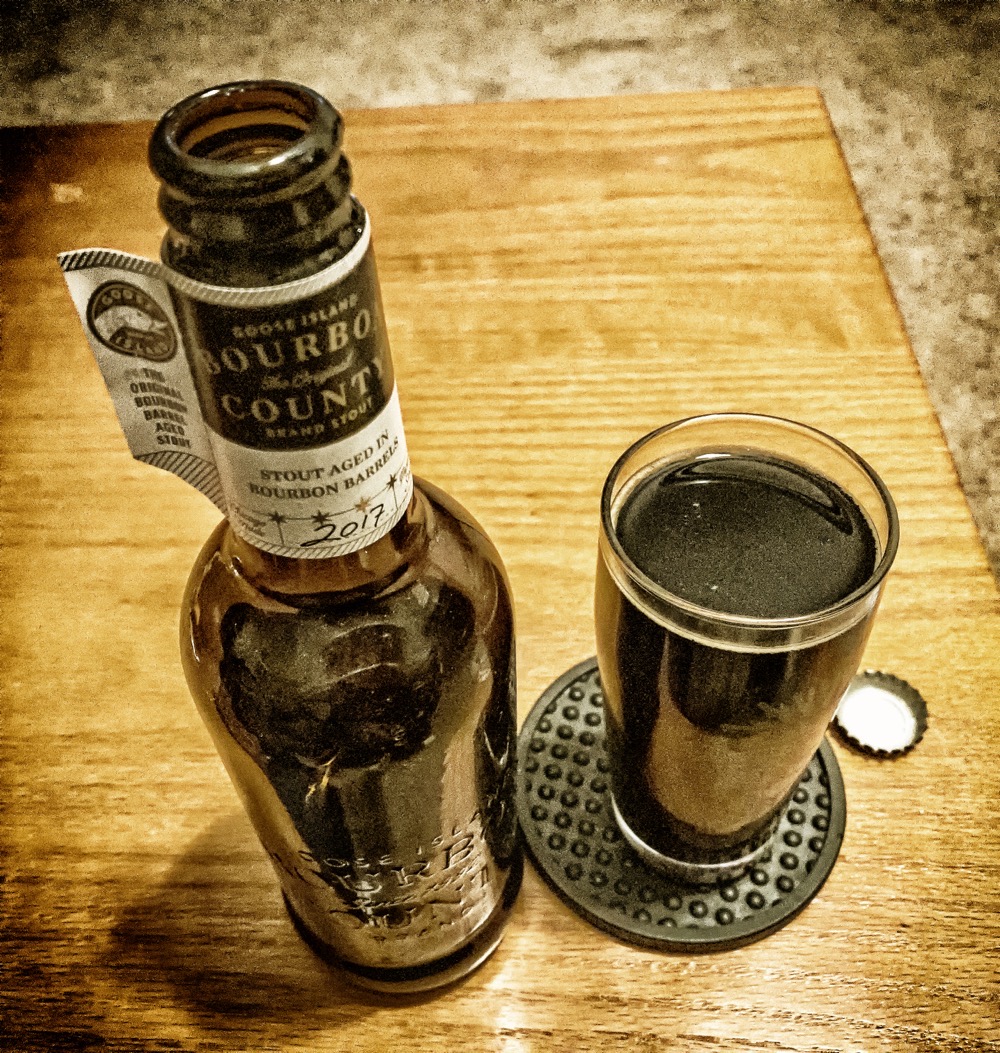One regards oneself as an individual, Aunt Bridget. Types are other people. The Holly and the Ivy
I know I had an idea I’m excited about when I look up from my computer and it’s suddenly much later than I anticipated.
Today, for no apparent reason, Heywood Banks’ “The Cat Got Dead” popped into my head for the first time in probably a decade. So now it can be in yours too.
You don’t understand the humiliation of it — to be tricked out of the single assumption which makes our existence viable — that somebody is watching … Don’t you see?! We’re actors — we’re the opposite of people!
The Player, Rosencrantz and Guildenstern are Dead by Tom Stoppard
Heh. From behind the office door where my kid is logging on to his music class, I hear him sing (to the tune of the Jaws theme):
“Muuu-sic. Muuu-sic. Mu-sic mu-sic mu-sic mus-icmus-icmus-ic.”

Evicted a basement snake this morning. Probably 18-24 in. if you stretched it out.
Vegas’ multicolored seat coverings: 👍
Vegas’ golden helmets: 👎
#STLBlues
Today I booked 2 different home-related appointments and for both of them the people didn’t show up or call. (The first I tracked them down and they were very apologetic and nice and came right out; I haven’t called the second since their window was over at 8 p.m). Am I a ghost?
File under “sometimes the algorithm is good”: Discovering an hour-long special of Hugh Laurie professing his love for New Orleans and the blues.
